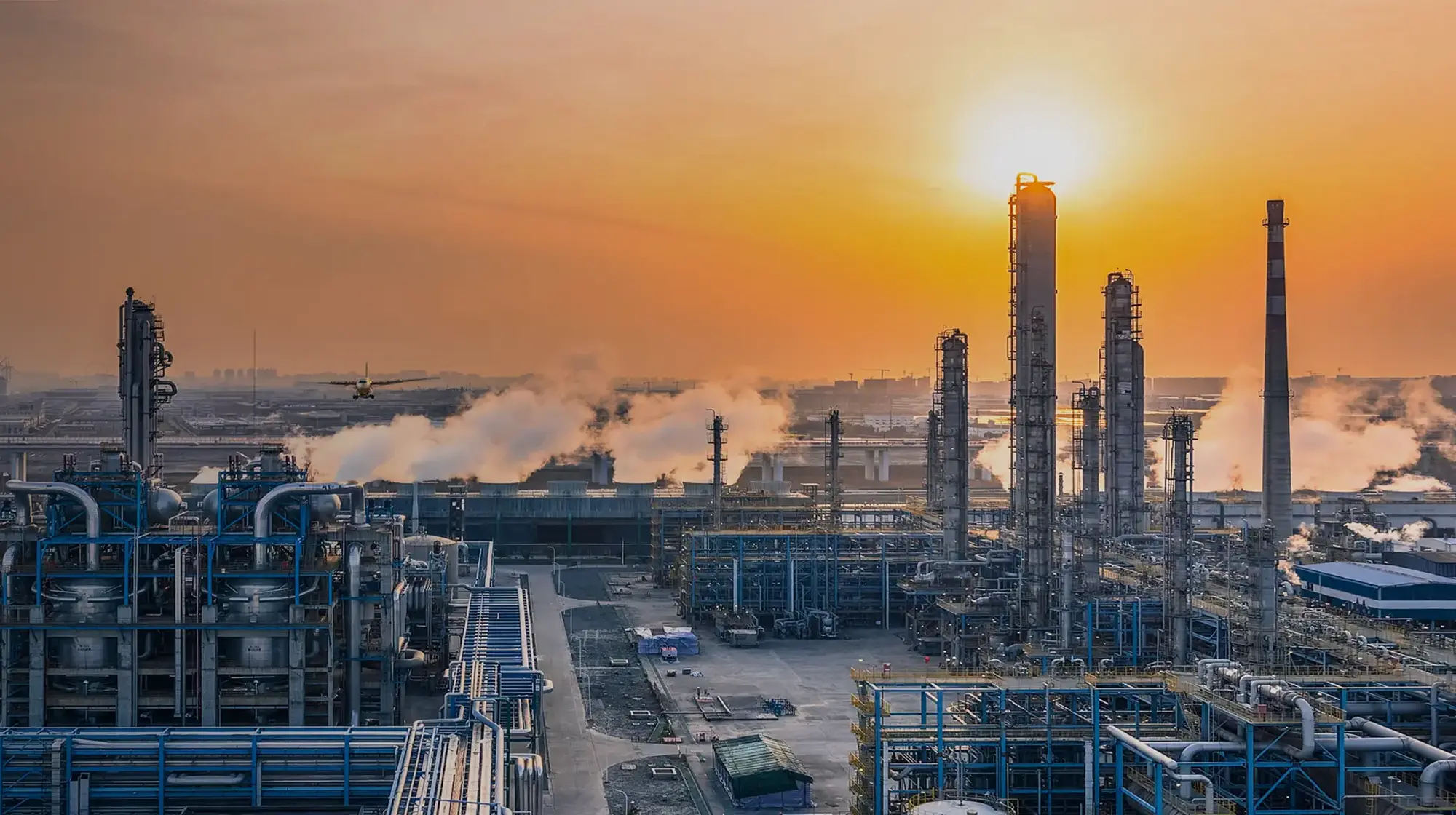Reports related to this article:
Project(s): View 5 related projects in PECWeb
Plant(s): View 5 related plants in PECWeb
Released June 28, 2013 | SUGAR LAND
en
Researched by Industrial Info Resources (Sugar Land, Texas)--Carbon dioxide is the principle greenhouse gas released into the environment by human activity. In the industrial sector, it is the burning of fossil fuels, as well as certain chemical reactions, that cause carbon dioxide to be emitted. With a newly revived construction outlook in the U.S. due to the flourishing shale gas plays, it is no surprise that there is a stronger need for carbon dioxide capture projects. Industrial Info is tracking an increased number of capital projects in the North American Chemical Processing Industry (CPI) related to the carbon capture agenda.
When the carbon dioxide is captured from an industrial plant, it can then be transported and stored in a location so that it will not be released into the environment, but instead reused in industry. One advantageous way of doing this is in enhanced oil recovery (EOR), in which carbon dioxide can be injected into an oil well to aid in additional oil retrieval. Skyonic Corporation (Austin, Texas) has teamed up with Toyo Thai Corporation Public Company Limited (Bangkok, Thailand) and Ford, Bacon and Davis LLC (Baton Rouge, Louisiana) to build a new, $125 million plant to capture carbon dioxide emissions from nearby Capitol Aggregates Incorporated's existing cement plant in San Antonio, Texas. This new plant plans to capture approximately 83,000 tons per year of carbon dioxide from the cement plant's flue gas streams and recycle it into such products as hydrochloric acid, which is a chemical used in oil well acidizing.
Another use of carbon dioxide is in the production of certain fertilizer products. With the increased amount of fertilizer capacity planned to be constructed in the U.S. and Canada over the next five years, there has been a boost in the demand for carbon dioxide directly related to the production of urea. PCS Nitrogen Incorporated, a subsidiary of PotashCorp (NYSE:POT) (Saskatoon, Saskatchewan), is currently looking to expand its entire fertilizers plant to ultimately increase production of urea. PCS Nitrogen is already engineering a project to revamp the carbon dioxide area of the plant to support the future expansion. The revamp is expected to begin construction by the end of the year.
Iowa Fertilizer Company, a subsidiary of Orascom Construction Industries (Cairo, Egypt), is looking to build a new $1.2 billion fertilizers complex in Fort Madison, Iowa, to produce such products as ammonia, urea and urea ammonia nitrate (UAN). Some analysis is under way to determine the best commercial use of the carbon dioxide by-product from ammonia production, including a new carbon dioxide recovery system, or to produce dry ice. This project is still in a very early development stage and is evaluating interested vendors to operate the facility. It is not expected to begin construction until the completion of the fertilizers complex by the end of 2016.
Industrial Info Resources (IIR), with global headquarters in Sugar Land, Texas, and eight offices outside of North America, is the leading provider of global market intelligence specializing in the industrial process, heavy manufacturing and energy markets. Industrial Info's quality-assurance philosophy, the Living Forward Reporting Principle, provides up-to-the-minute intelligence on what's happening now, while constantly keeping track of future opportunities.
When the carbon dioxide is captured from an industrial plant, it can then be transported and stored in a location so that it will not be released into the environment, but instead reused in industry. One advantageous way of doing this is in enhanced oil recovery (EOR), in which carbon dioxide can be injected into an oil well to aid in additional oil retrieval. Skyonic Corporation (Austin, Texas) has teamed up with Toyo Thai Corporation Public Company Limited (Bangkok, Thailand) and Ford, Bacon and Davis LLC (Baton Rouge, Louisiana) to build a new, $125 million plant to capture carbon dioxide emissions from nearby Capitol Aggregates Incorporated's existing cement plant in San Antonio, Texas. This new plant plans to capture approximately 83,000 tons per year of carbon dioxide from the cement plant's flue gas streams and recycle it into such products as hydrochloric acid, which is a chemical used in oil well acidizing.
Another use of carbon dioxide is in the production of certain fertilizer products. With the increased amount of fertilizer capacity planned to be constructed in the U.S. and Canada over the next five years, there has been a boost in the demand for carbon dioxide directly related to the production of urea. PCS Nitrogen Incorporated, a subsidiary of PotashCorp (NYSE:POT) (Saskatoon, Saskatchewan), is currently looking to expand its entire fertilizers plant to ultimately increase production of urea. PCS Nitrogen is already engineering a project to revamp the carbon dioxide area of the plant to support the future expansion. The revamp is expected to begin construction by the end of the year.
Iowa Fertilizer Company, a subsidiary of Orascom Construction Industries (Cairo, Egypt), is looking to build a new $1.2 billion fertilizers complex in Fort Madison, Iowa, to produce such products as ammonia, urea and urea ammonia nitrate (UAN). Some analysis is under way to determine the best commercial use of the carbon dioxide by-product from ammonia production, including a new carbon dioxide recovery system, or to produce dry ice. This project is still in a very early development stage and is evaluating interested vendors to operate the facility. It is not expected to begin construction until the completion of the fertilizers complex by the end of 2016.
Industrial Info Resources (IIR), with global headquarters in Sugar Land, Texas, and eight offices outside of North America, is the leading provider of global market intelligence specializing in the industrial process, heavy manufacturing and energy markets. Industrial Info's quality-assurance philosophy, the Living Forward Reporting Principle, provides up-to-the-minute intelligence on what's happening now, while constantly keeping track of future opportunities.


